Home
On the Possibility of a Digital University: Thinking and Mediatic Displacement at University
Barnes and Noble
On the Possibility of a Digital University: Thinking and Mediatic Displacement at University
Current price: $54.99
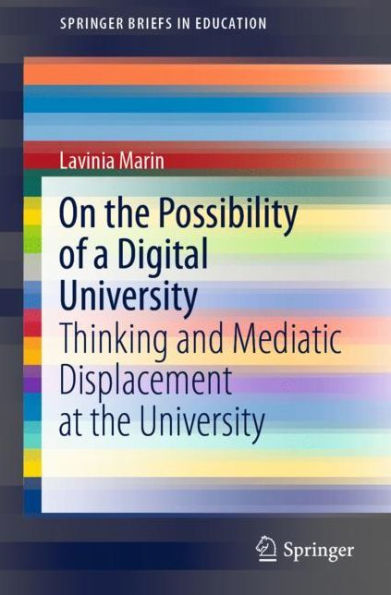

Barnes and Noble
On the Possibility of a Digital University: Thinking and Mediatic Displacement at University
Current price: $54.99
Size: Paperback
Loading Inventory...
*Product information may vary - to confirm product availability, pricing, shipping and return information please contact Barnes and Noble
This book proposes a philosophical exploration of the educational role that media plays in university study practices, with a focus on the practices of lecturing and academic writing. Are the media employed in university study practices mere accessories, or rather constitutive of these practices? While this seems to be a purely theoretical question, its practical implications are wide and concern whether such a thing as a ‘digital university’ is possible. The 'digital university' has been, for a long time, a theoretical construct. However, in the aftermath of the Covid-19 pandemic, moving the university into the digital realm has become a necessity. The difficulties in transitioning to an online university during the 2020 pandemic showed the increased urgency of the questions explored in this book.
The book describes lecturing and academic writing through the lens of a phenomenology of gestures and arrives at a description of the experience of university thinking as expanding the subject’s range of experiences about the world and about one’s modes of thinking about the world. The media configuration characteristic for university study practices is a movement of rendering inoperative one medium through another medium so that thinking can emerge, a movement called ‘mediatic displacement’. The question of the digital university becomes then a question whether mediatic displacement is possible on a digital screen. Although this is conceivable, digital technologies are still relatively new, and we are not used to playing with them in a profanatory way as the book discusses through the example of videoconferencing and MOOCs. The promise of the digital university seems to remain utopian until we figure out how to enact the techniques of mediatic displacement currently flourishing at the physical university.
Both emerging and established researchers will benefit from this book since it offers an alternative way of discussing the possibility of a digital transformation of the university, starting from a phenomenology of gestures and an understanding of thinking as a collective experience of potentiality and profanation at the same time. By combining two perspectives, media-theoretical and educational-philosophical, this book show a new way of understanding what makes a university and, thus, contributes to the emerging debate on the digital university.
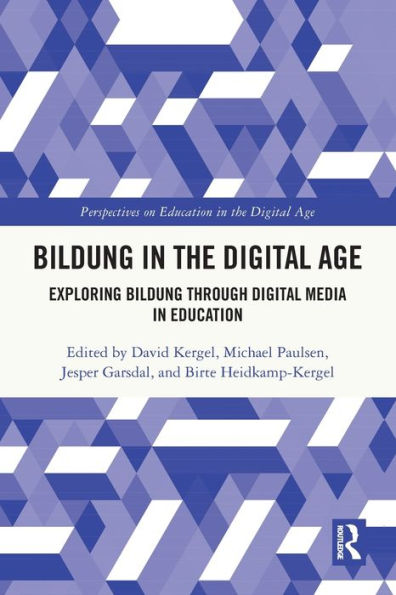
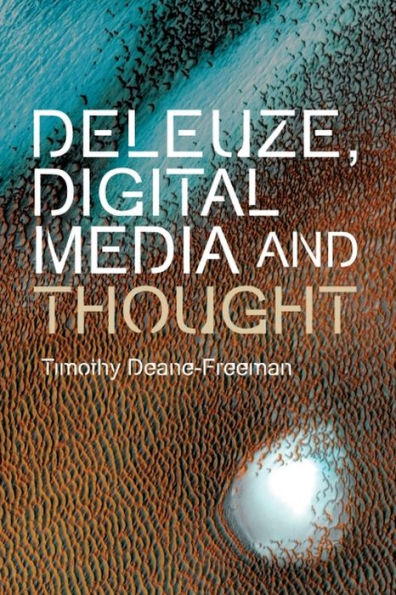

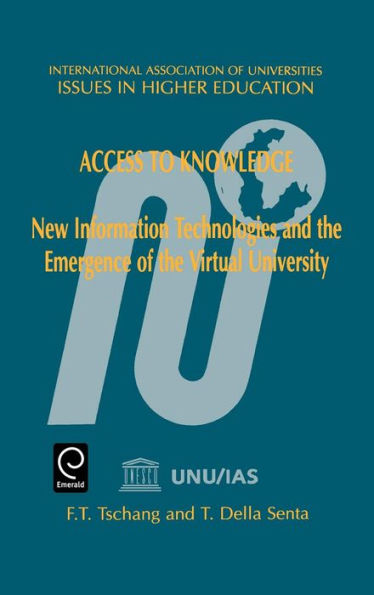
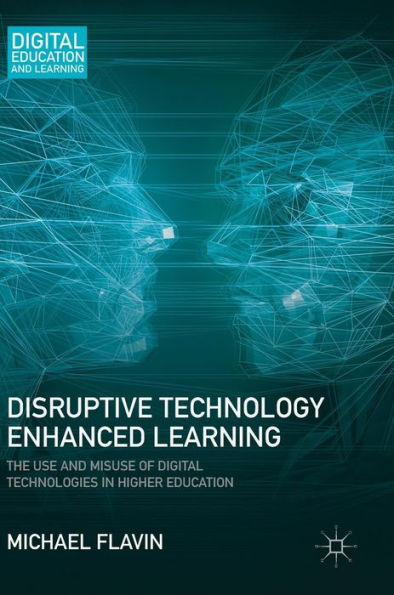
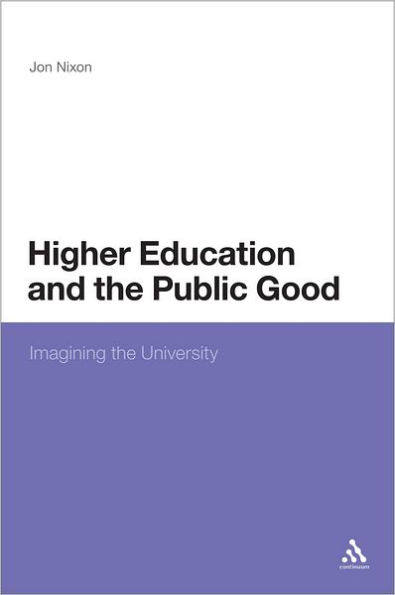
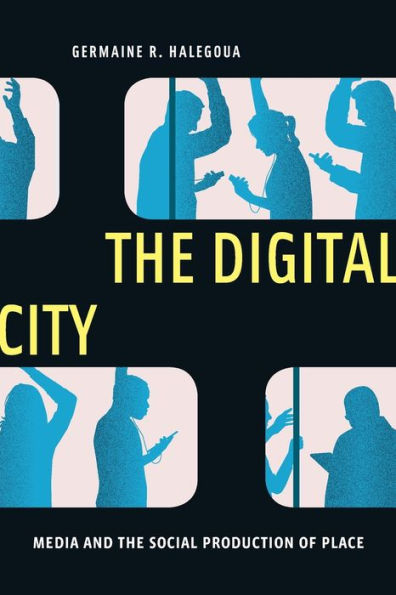
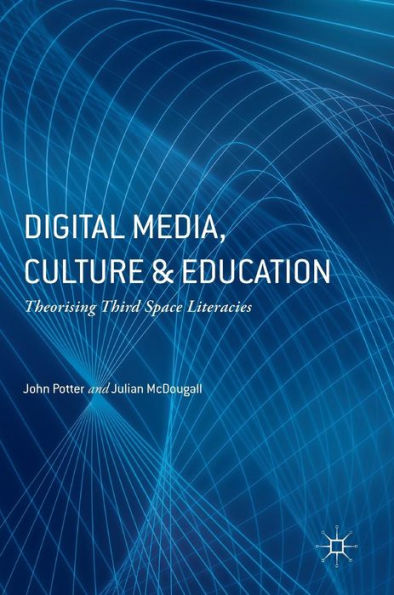
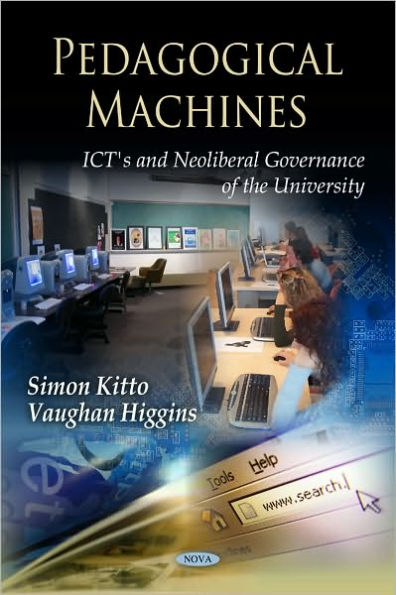


![Reconceptualising Learning The Digital Age: [Un]democratising Potential of MOOCs](https://prodimage.images-bn.com/pimages/9789811088926_p0_v4_s600x595.jpg)






